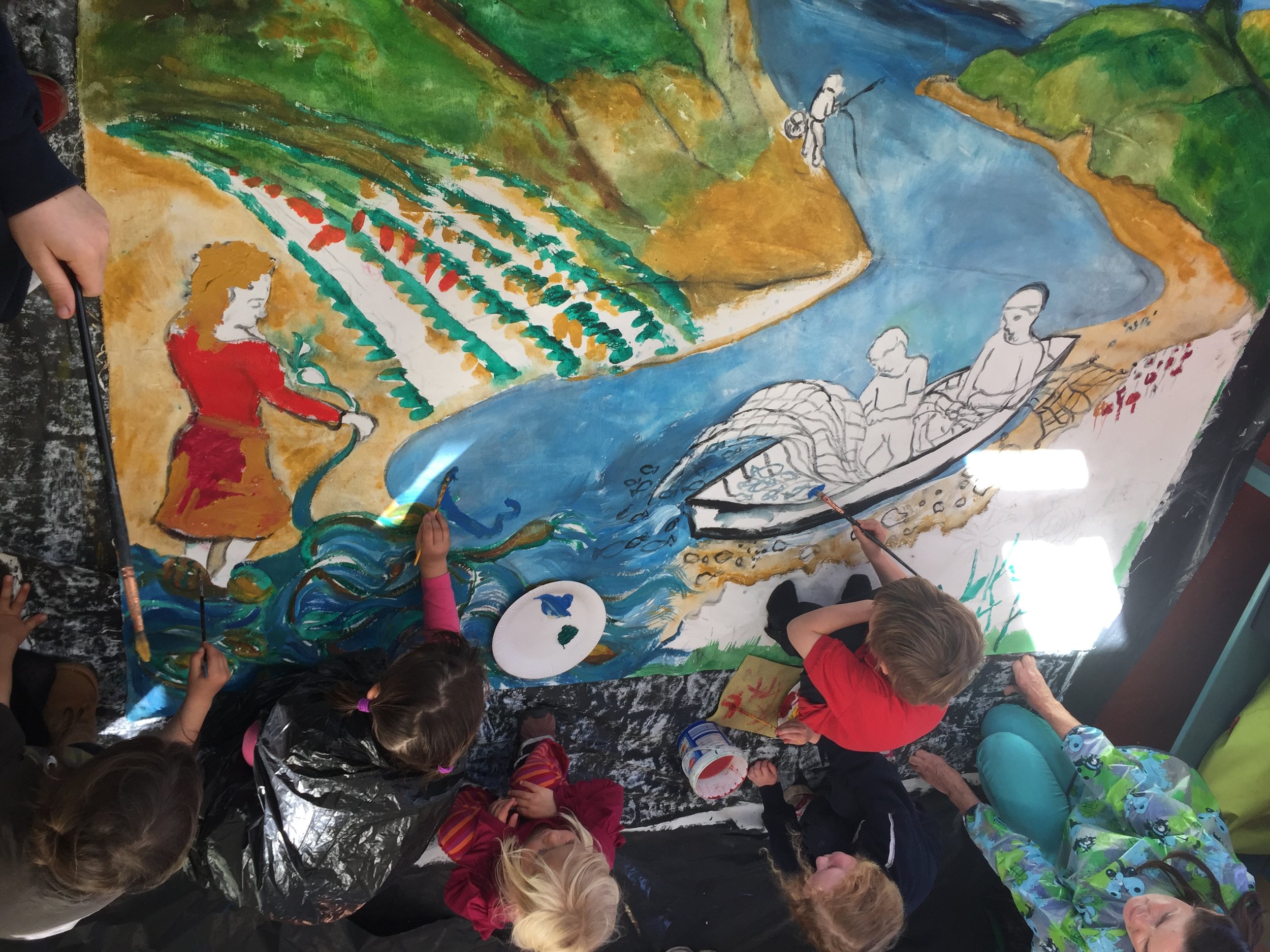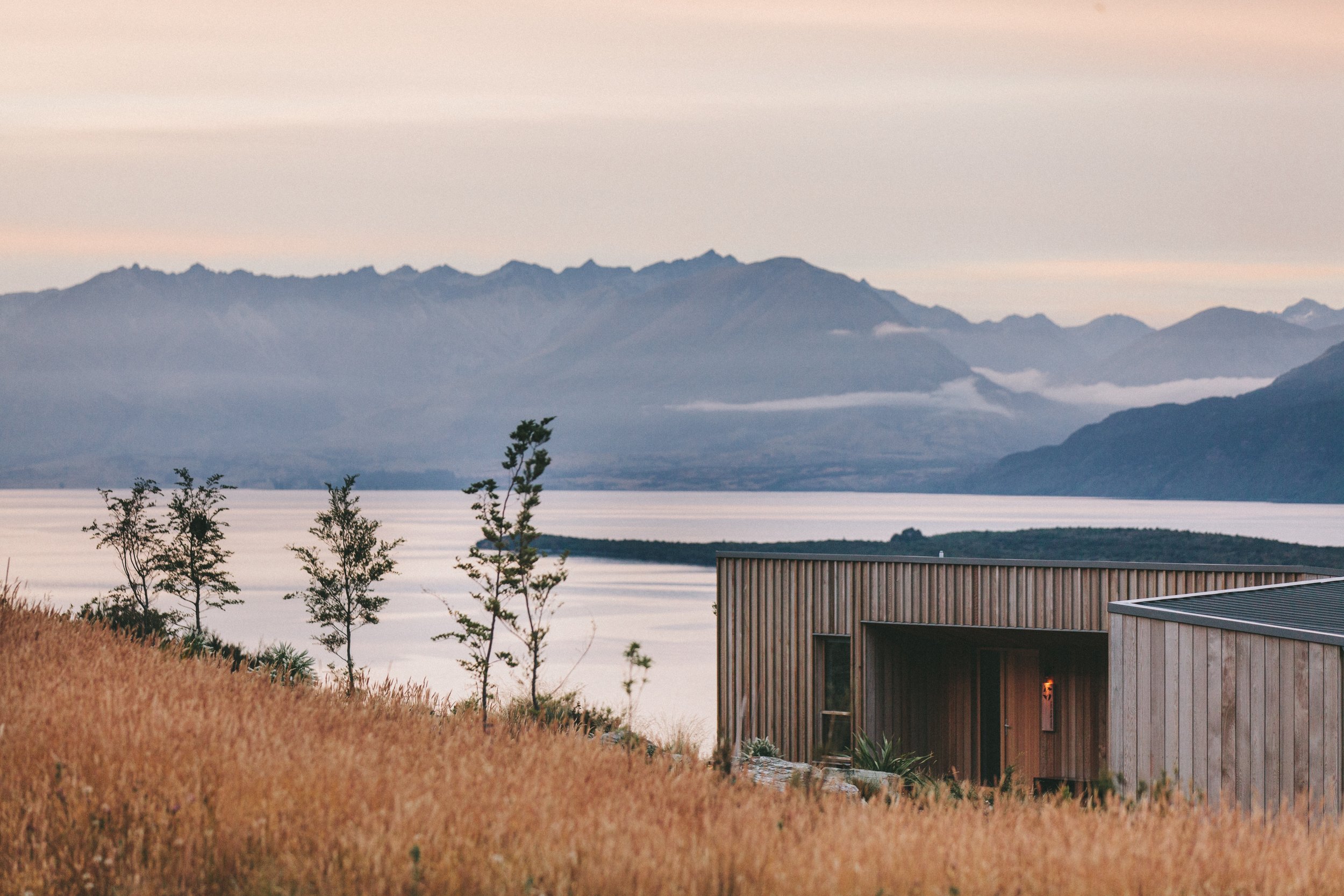Shack Paddle
Over the seasons, I have found refuge in a cabin on the Skagit River. Inspired by the quiet activity of the slough and estuaries at the mouth of the Skagit River, it occupies a place residing within. It is from this wild sense of place, I made a short film.





Sustain-ence
Film, Kauai Public Television, 2005
I met an Ayurvedic cook, living in an old buddhist temple among three Banyon trees in the bottom of a canyon on Kauai. I simply filmed her…I asked her one question: What sustains you?
I later projected the film through a glass blown whale vertebrae and a lens.
You can watch the film here: https://youtu.be/_H8xtvPvrn8






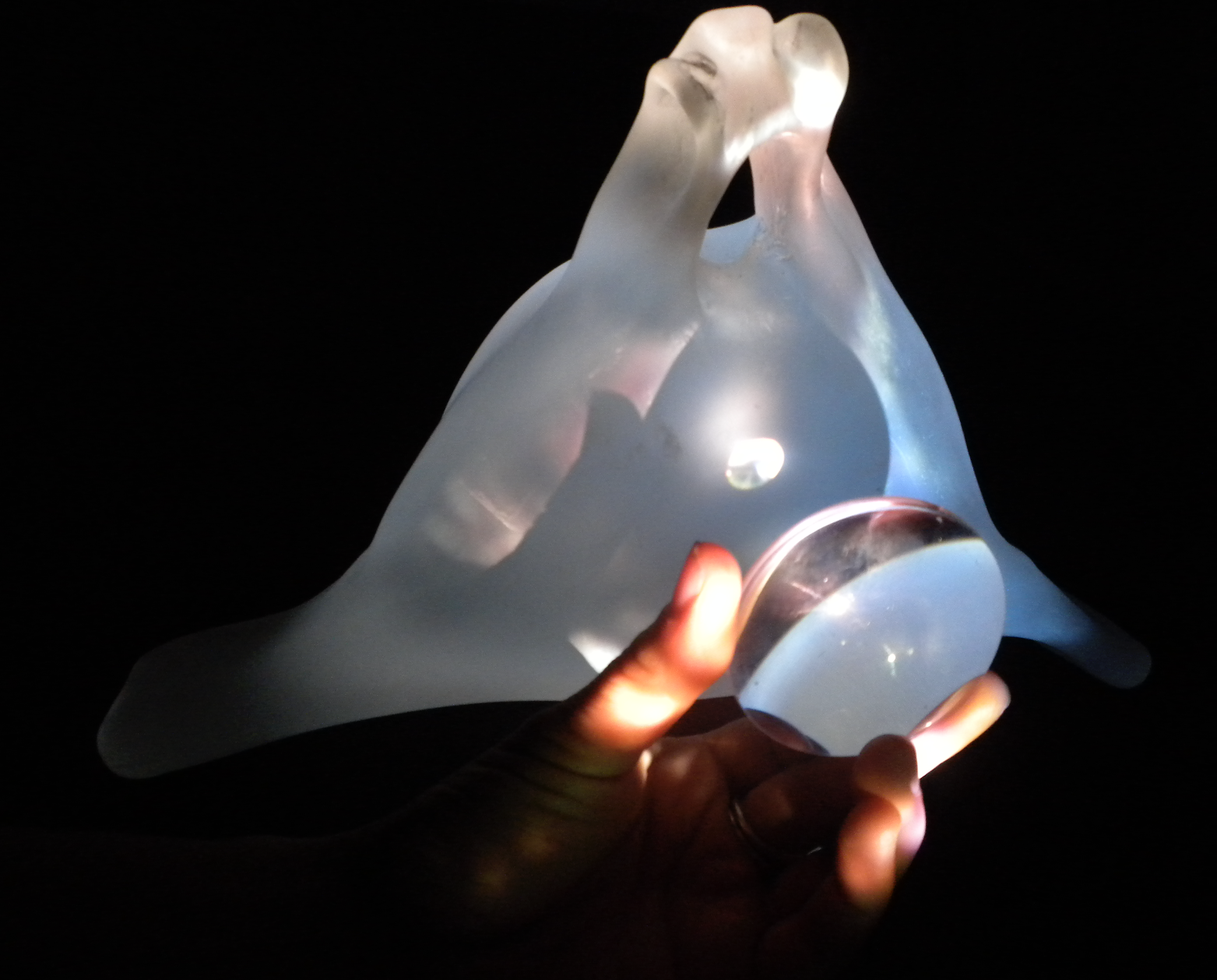



Peace In Peace Out
The project took place in four stages:
Stage one involves six youth groups working through 3 essential questions, "What is the best part of me?" “Who is a significant person of culture in my life?” and “What is home?” Local youth rexpress their answers to these questions through documentary photography. The result is an outdoor exhibition on 1st St. in Mount Vernon, WA featuring at least 50, 3’ X 4’ portrait photographs displayed the month of May, highlighting diversity within our community. Photos were printed through a collaboration with JR, french photo-expressionist, who focuses on representing at risk communities. The images were hung above store fronts along Mount Vernon’s business district. Visit https://www.jr-art.net/ for more information on Jr’s work worldwide.
Stage two includes digging deeper into the personal stories realized during the portrait exploration, expressed through journalism and documentary film-making. The result of stage two is a series of op-ed columns and documentary shorts featured on the Voices of the Children website and social media accounts.
Stage three comprises of painting workshops. Youth learn fundamentals of painting through painting a selection of portraits from stage one. The best and most complete paintings are used for stage 4 of the project. Paintings were made on 5’X6’ canvas to be hung
Finally, some of the paintings from stage 3 are overlaid with a grid pattern to use as a template to crochet hangings from recycled materials. The result is a large crochet portrait for display on The Bitters barns at Chilberg and Best Road during the Skagit Farm and Art Tour in July 2017.
The Peace In Peace Out project was made possible in partnership with Voices of the Children (Mount Vernon WA). A project of multi-cultural photo portraiture, journalism, and painting and exchange between families living within our Skagit Valley community and refugees in Syria. Through this project, youth wrote stories and poems about their families and their own experiences, bringing insight into their lives and a heartfelt expression of their experiences through art.
The project was in partnership with Voices of the Children (www.votchildren.org).
Lushootseed Club
In participation with the Lushootseed Club, Swinomish youth gathered weekly to learn their native language of Lushootseed through story. We wrote favorite animal, plant and naming words in Lushootseed, and had fun learning how to photograph family members and cultural events. From an elder photographs the youth took, we drew a large portrait of Elder Marie Wilbur and colored it in with Lushootseed words. The portrait was gifted to Marie Wilbur at the renewal of a special clam harvesting beach and clam bake at Kukutali Preserve.







Peace In peace Out Portrait Painting Project
The Peace In Peace Out project is a project of multi-cultural photo portraiture, journalism, and painting and exchange between families living within our Skagit Valley community and refugees in Syria. Through this project, youth wrote stories and poems about their families and their own experiences, bringing insight into their lives and a heartfelt expression of their experiences through art.
The project was in partnership with Voices of the Children (www.votchildren.org).



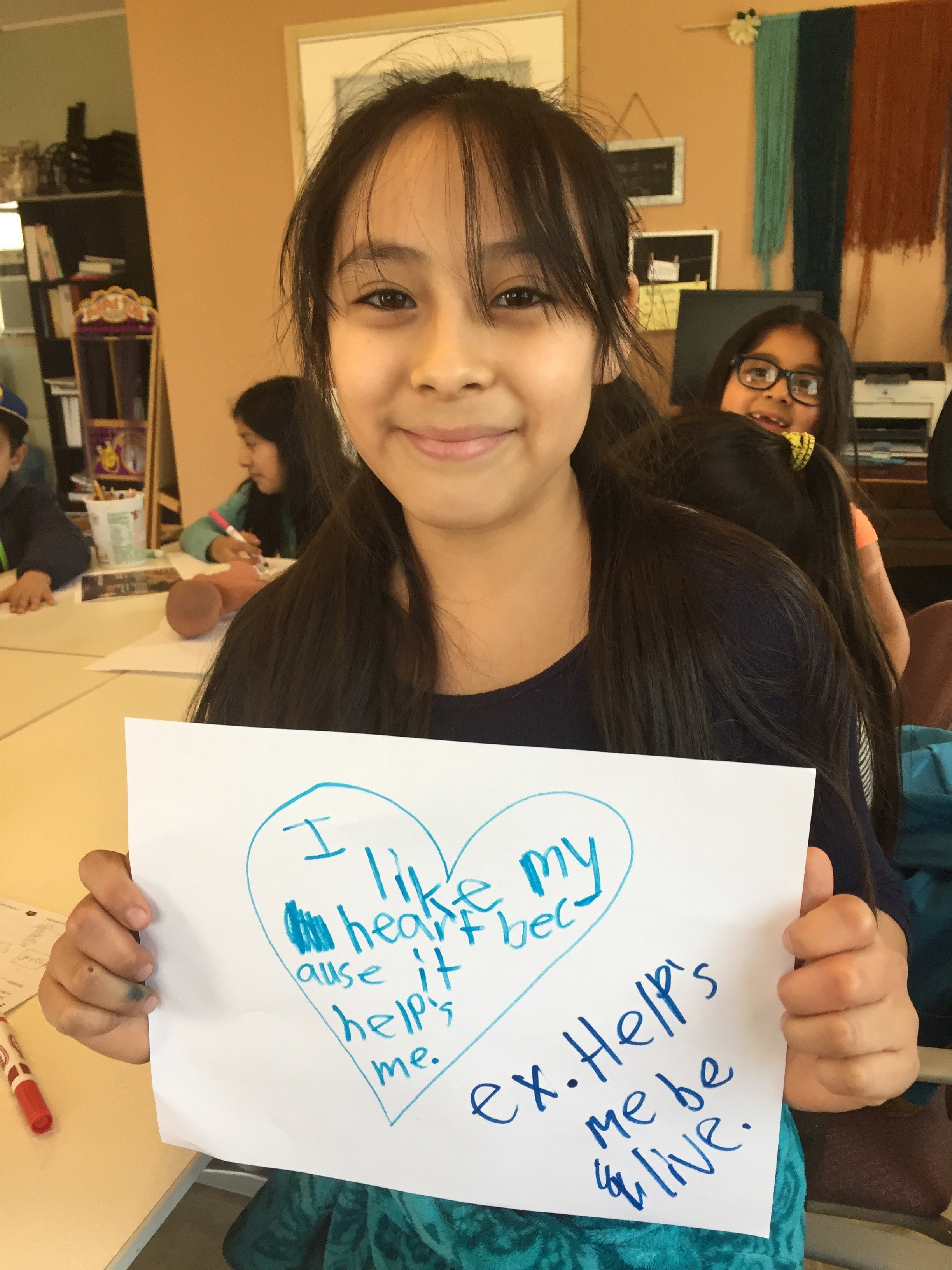

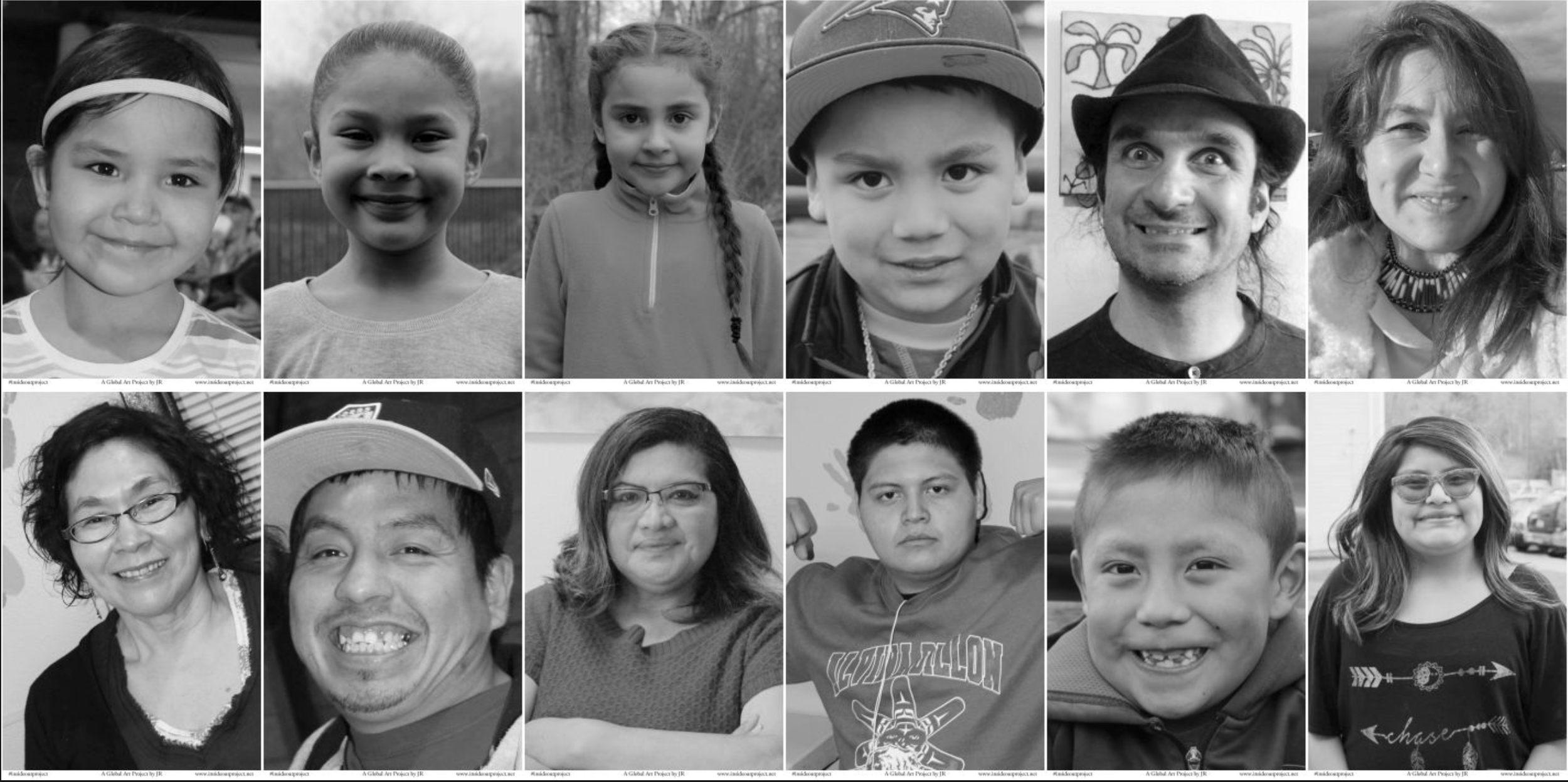















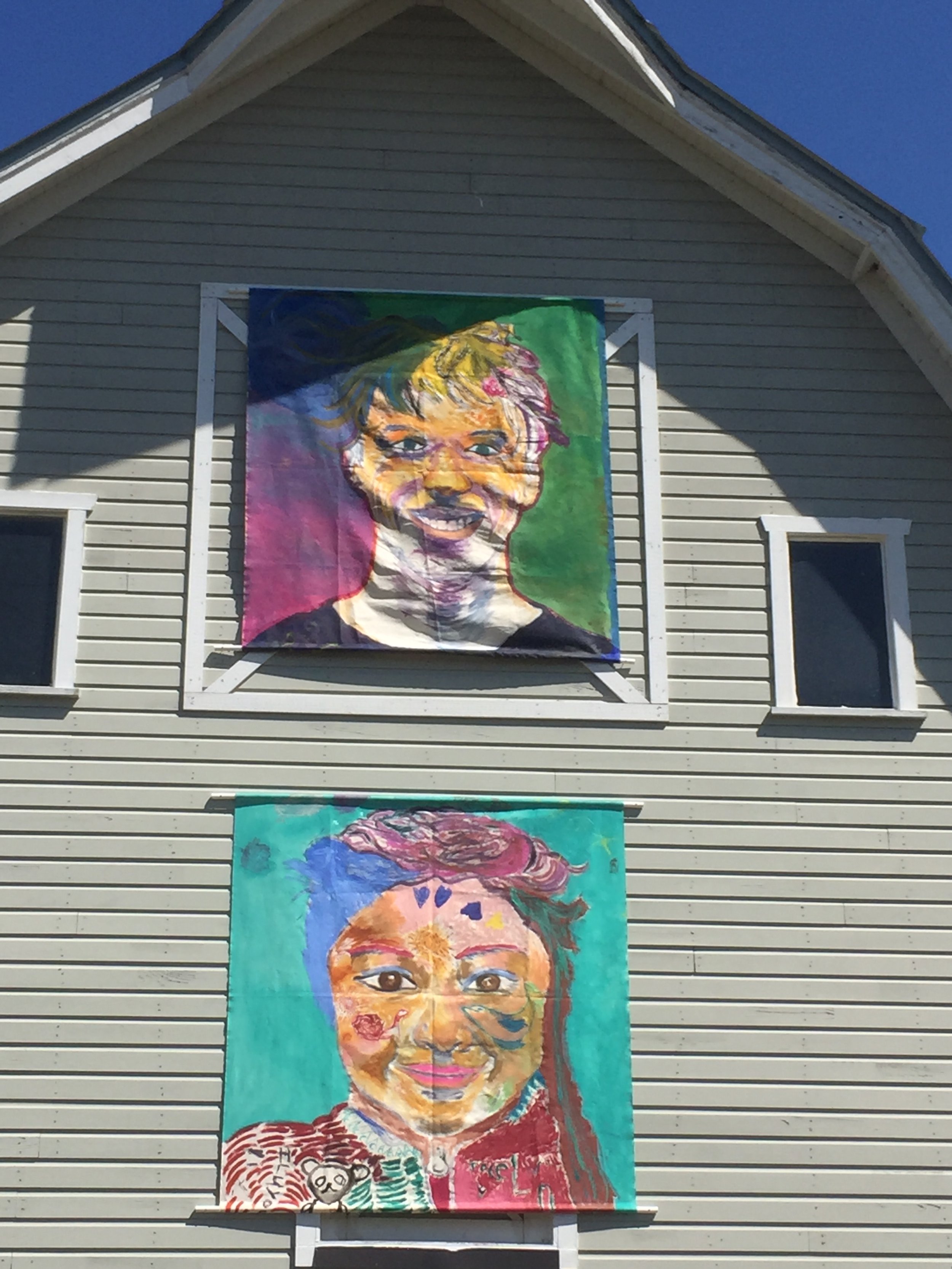





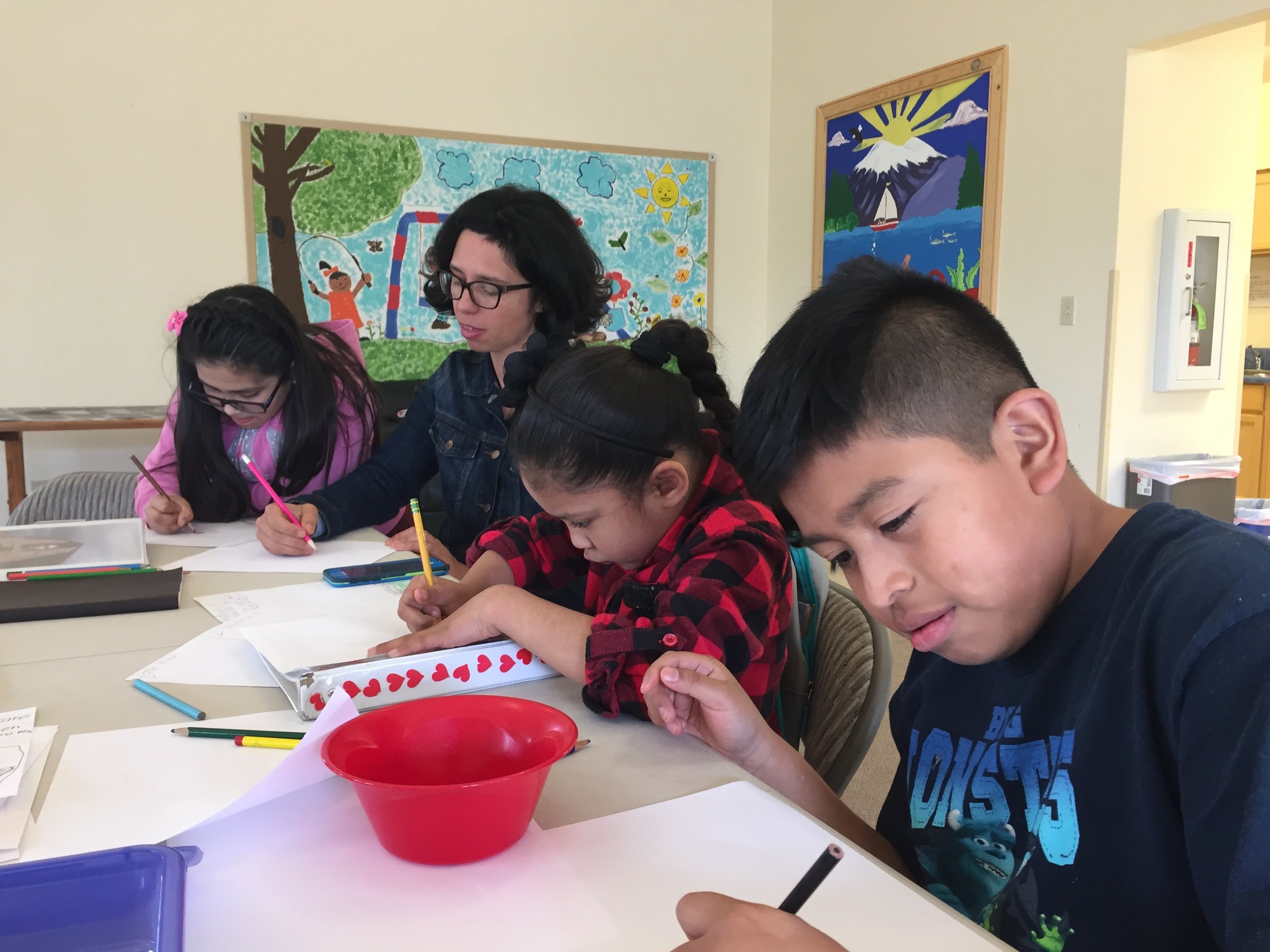








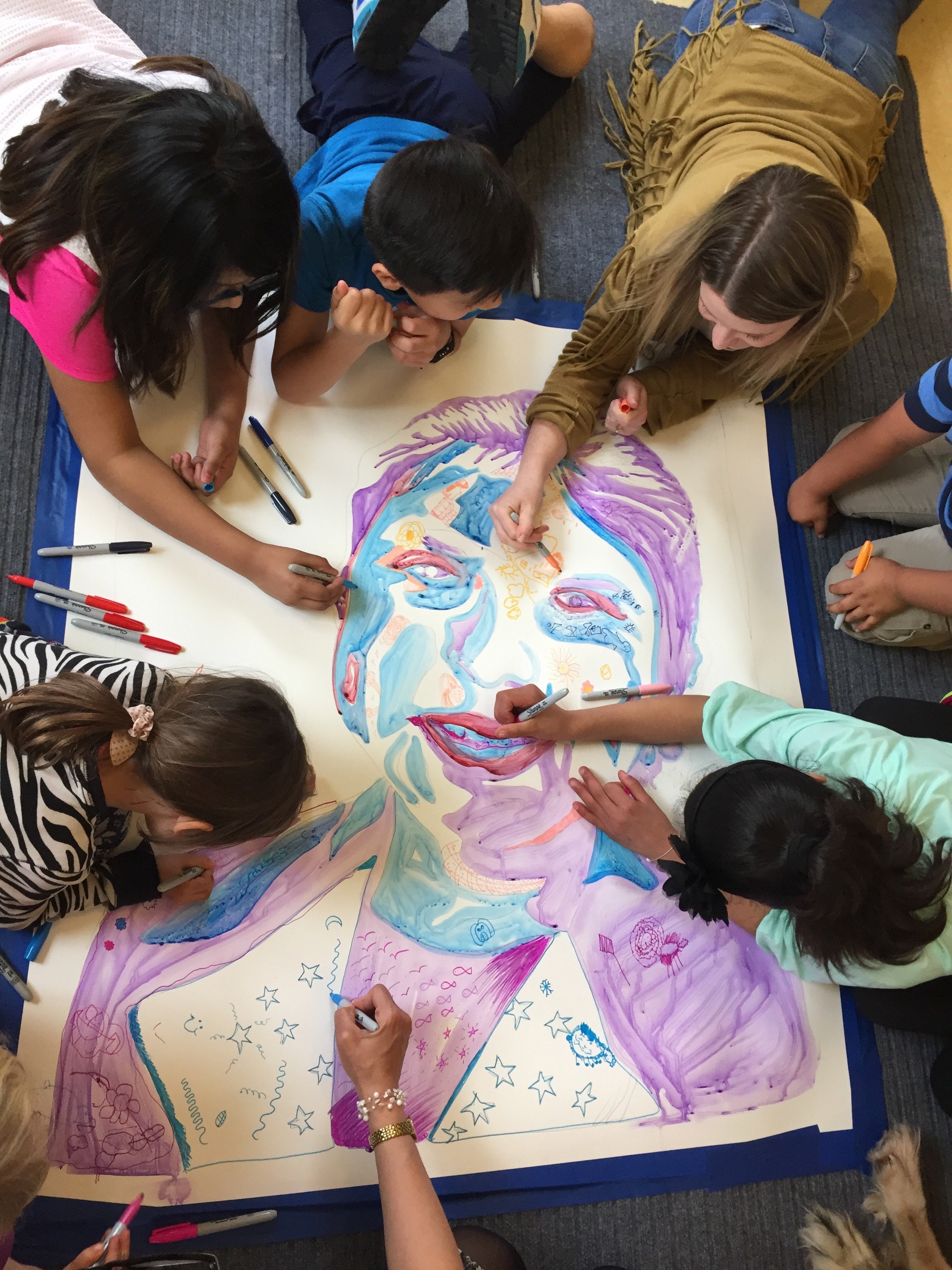

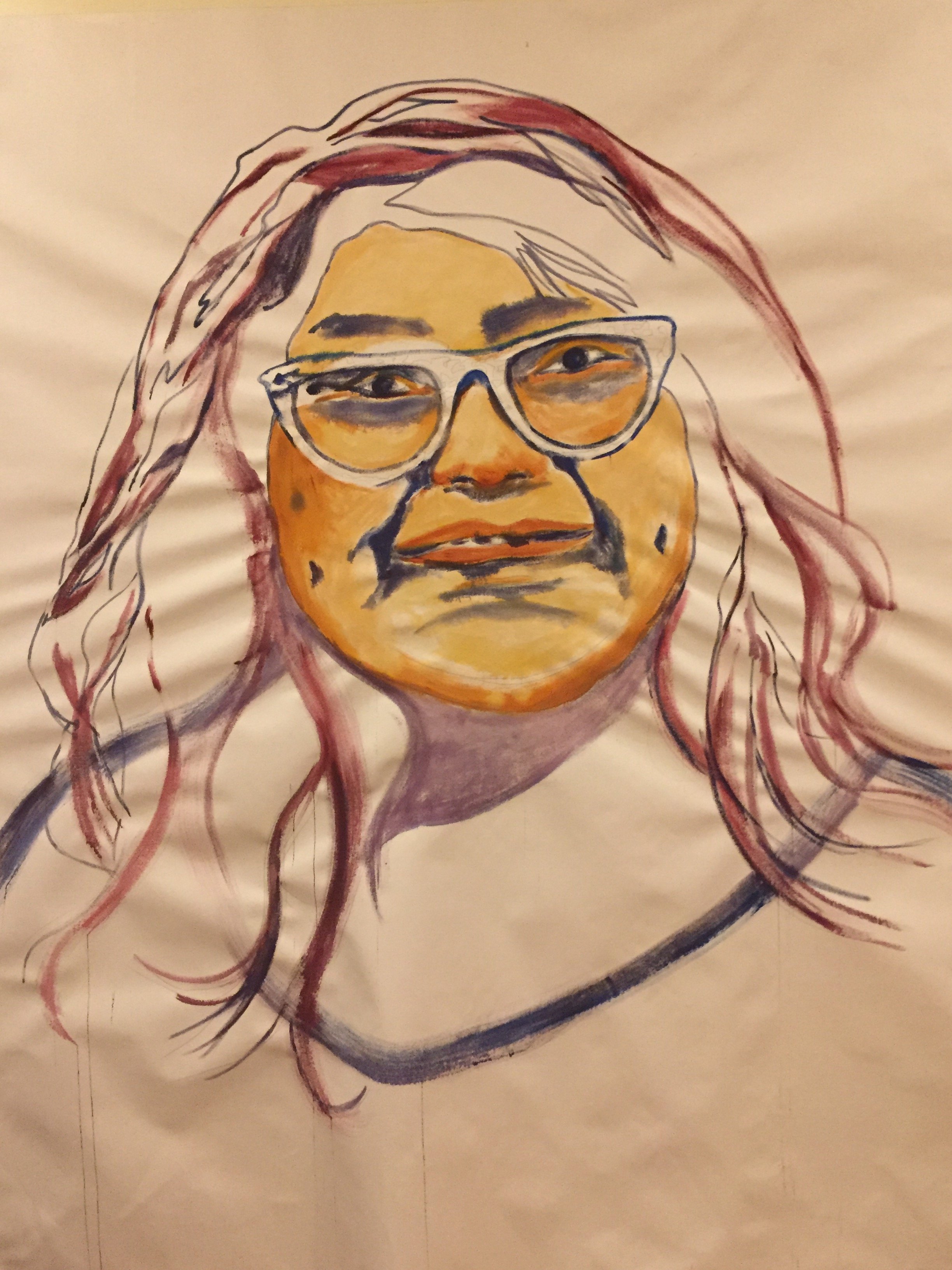































Canoe Journey 2017
Paddle to Campbell River B.C.
The Sea Wolf Canoe Family, Spirit of the Salmon Lady Canoe Family and many others paddled from their home villages to Campbell River British Columbia in July 2017. It was a powerful reunion of Canoe Families arriving, …. asking for permission to land on the beach at Campbell River. We made t-shirts at camp on San Juan Island, on the journey, for the Spirit of the Salmon Woman Canoe Family. Canoe Journey protocol events are held in village community buildings and lodges and are open to the public. The final week is spent attending Canoe Family protocols, individual dances and songs passed down through each family’s ancestors.
Contact the tribe or the local town municipality where the Canoe Journey is being hosted each year for more information on how to contribute.
https://en.wikipedia.org/wiki/Tribal_Canoe_Journeys
Vision Club
The Vision Club began at the Swinomish youth center art room with two young artists and leaders, Martin Sampson and Courtney Finkbonner. Students met at the youth center over three months before the Swinomish hosting of the 2011 Canoe Journey. The Vision Club began with notebooks documenting their own styles and designs which they them transposed onto lino blocks. The students ranged in ages from 6-13. The Vision Club Printmaking project raised nearly $700 in funds during the Canoe Journey from the sale of prints made from carved lino blocks by Swinomish youth. Twelve Swinomish Youth and twelve local artists carved 2’ X 3’ foot lino blocks which where we inked and printed on paper with the help of Arnie Svenson and his steam roller. The project was inspired by the Wazegoose Printmaking Project in Olympia and Tacoma and started alongside the Vision Club, is still a yearly event at the Anacortes Arts Festival.
The prints were exhibited at Arts Alive, the La Conner Historical Museum and are now held in the Swinomish archives. The Project was made possible through the support of Swinomish elders Kevin and Pat Paul, local artists and grant from the La Conner City Council.









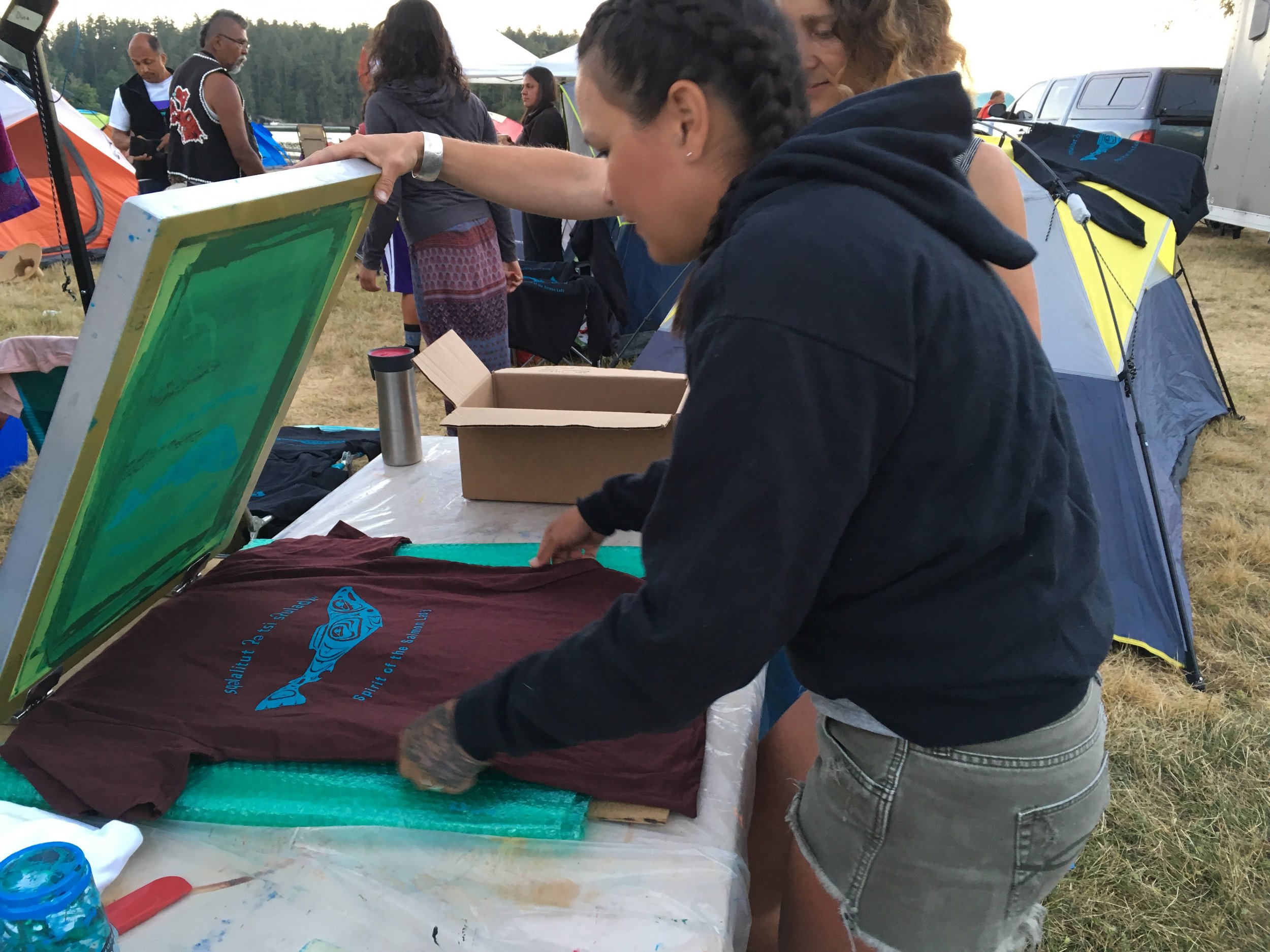

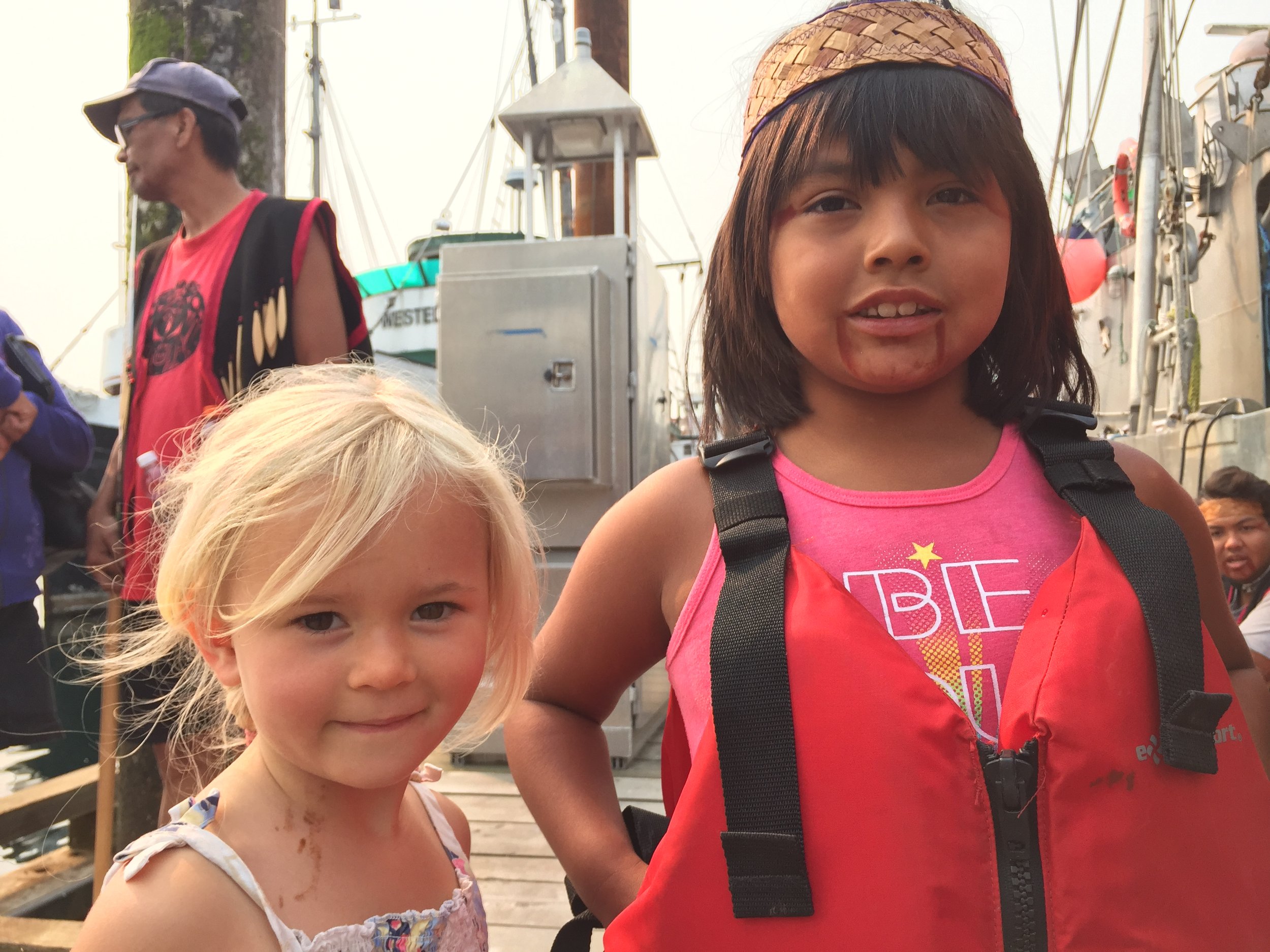



The Currach: mural and film
&Ballinhasseig Irish Speaking school
A project traveling to Ireland led me to work in The Ballinhasseig Irish Speaking school to paint a mural and make a short film. We learned about harvesting seaweed to make rich soil for growing food, a tradition of Irish past, and incorporated this imagery into the mural. Learning about our ancestor’s traditions and lifeways, we collaborated with a local currach boat building school, Meitheal Mara in Cork City, which teaches how to build the traditional Irish/Scottish fishing boat. The boat building school’s founder, Padraig, led us in rowing the currach he built and in how it is made. We made a short film about global warning and rising sea levels by filming our small band traveling in a currach off Ireland’s southeast shoreline in a short story inspired by the beach and families living there.
Spoken by Niamh McDermott, “A currach is a type of Irish boat with a wooden/wicker-work frame, over which animal skins or hides were stitched together. They were propelled by oars or sails according to circumstances. The currach has traditionally been both a sea boat and a vessel for inland waters. The construction and design of the currach is unique to the west coasts of Ireland and Scotland, with variations in size and shape by region. It is referred to as a naomhóg in counties Cork, Waterford and Kerry and as a “canoe” in West Clare. It is related to the Welsh coracle. The plank-built rowing boat found on the west coast of Connacht is also called a currach or curach adhmaid, and is built in a style very similar to its canvas-covered relative. A larger version of this is known simply as a bád iomartha. These boats are constantly mentioned in literature. They are used still round the coasts, but tarred canvas is employed instead of skins.”
Visit Meitheal Mara, currach building school, at https://meithealmara.ie/boat-building-woodcraft/

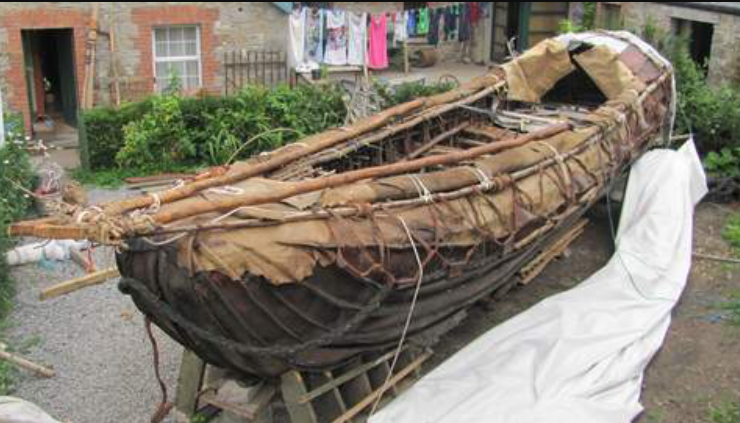




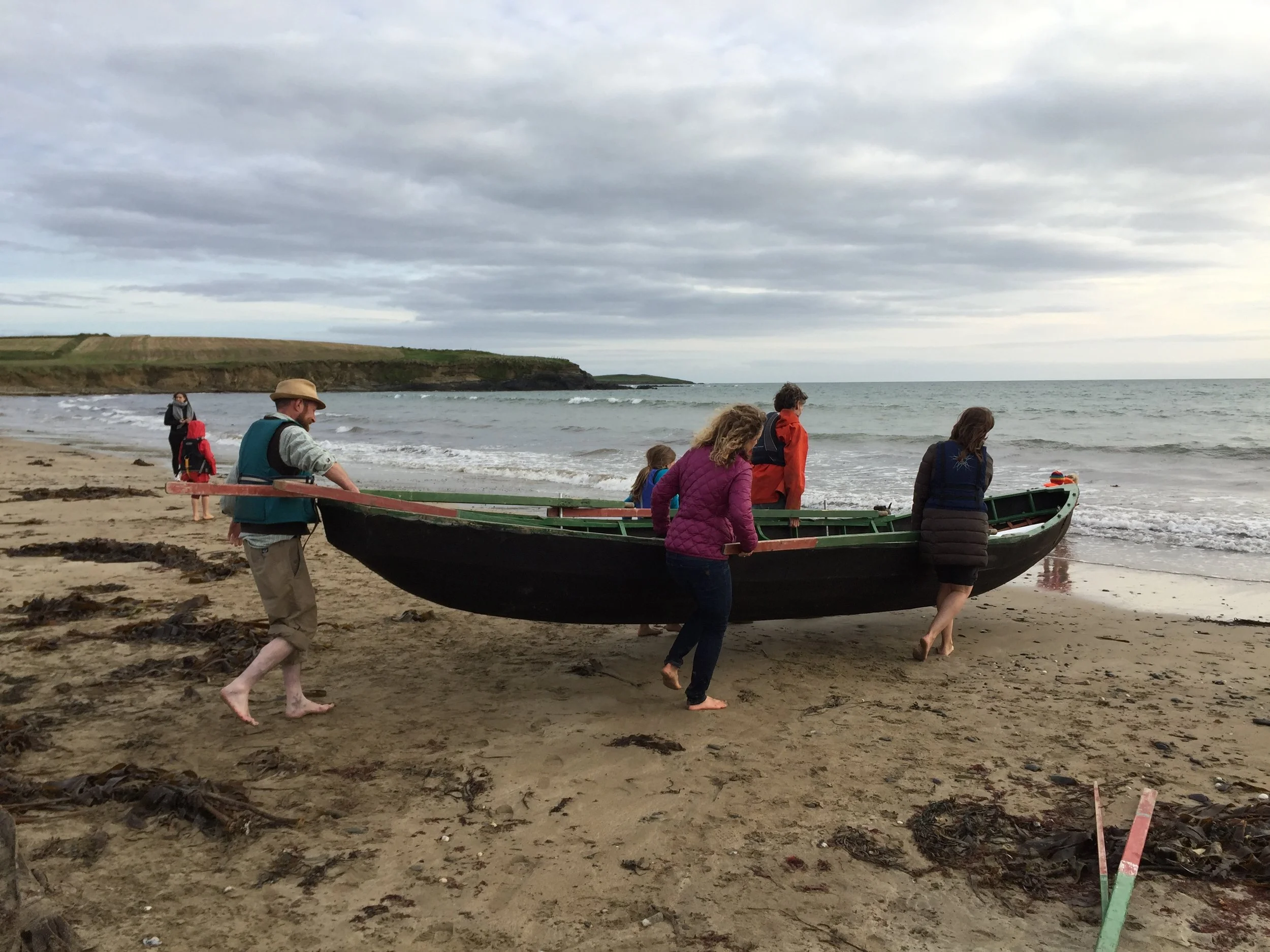



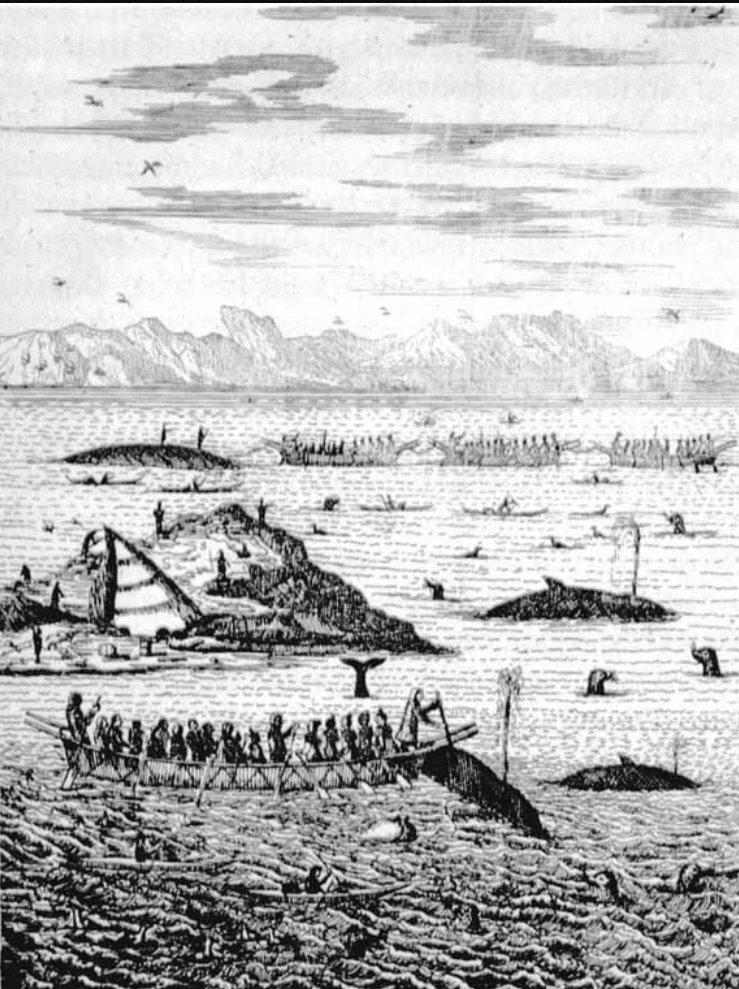





Water At My Doorstep Film
Water At My Doorstep Film follows a family on the southern-west coast of Ireland. As they are caught by the rising sea level, kelp beds encircle their home and they are forced to leave. Observing their surroundings and learning ways of adapting to their environment, they make a rock rubbing and use it as a geologic map to determine where they are going from ancient history. Rowing a curragh, a traditional oil skin boat used for fishing and whale hunting, they travel to establish a new home.
Click here to watch the film: Water at my Doorstep








Independent Study at Falcon Studio
Falcon studio was proud to mentor independent study high school students including Samia Saskia in her powerful imagery reflecting the women of her ancestral country of Iran, the tale of the Irish making soil from seaweed off the rocky coast of Gallway, and Jane Rory’s bold inscription of Dante’s Inferno etched into glass plates and printed as vitreographs.























Santiago to Valparaiso, Chile
Two mothers, both painters, travel with rolls of canvas, on the road, with their two daughters, Gabriella and Sage…..making friends, learning to communicate through painting in public spaces across Chile.
































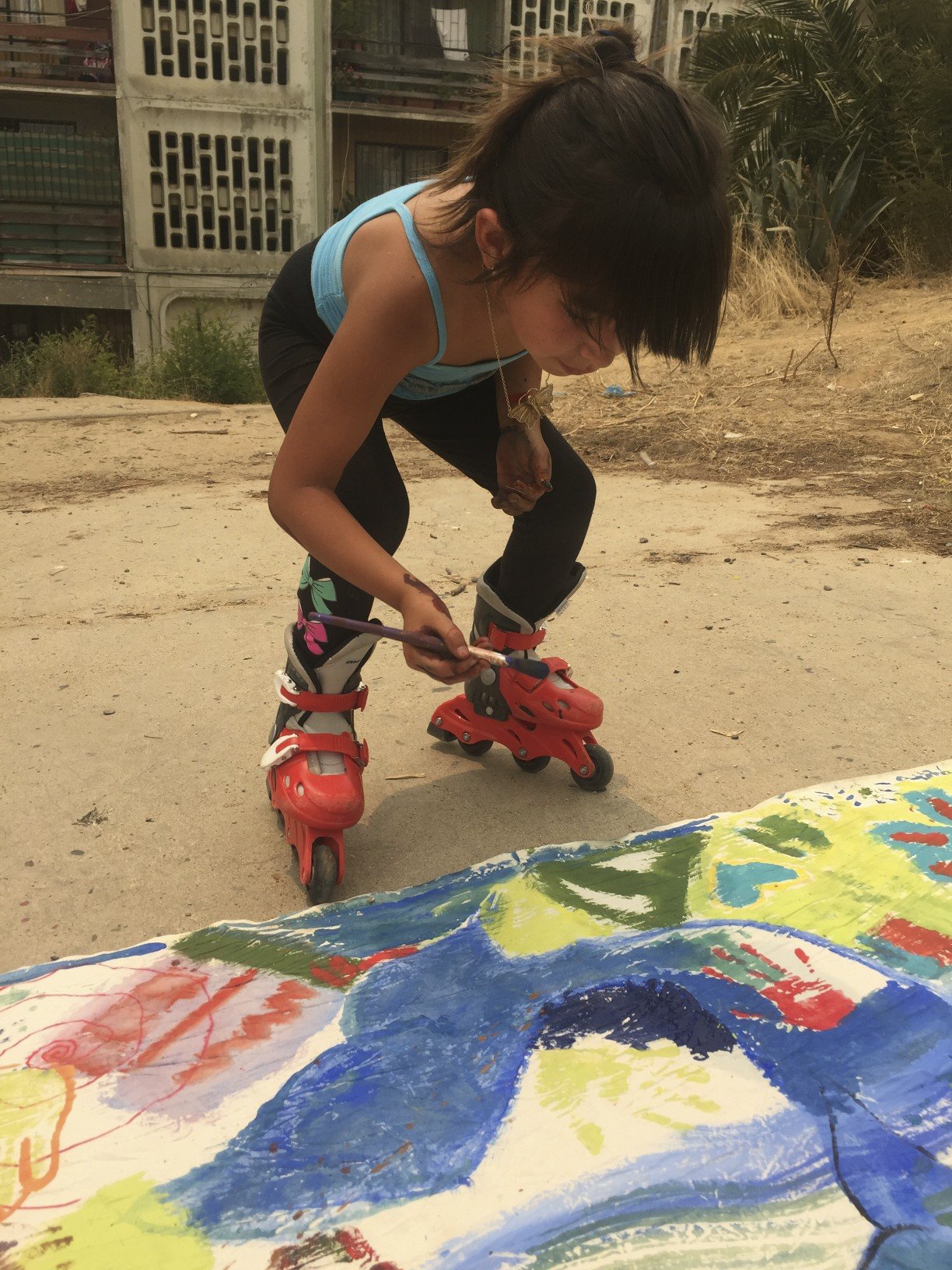




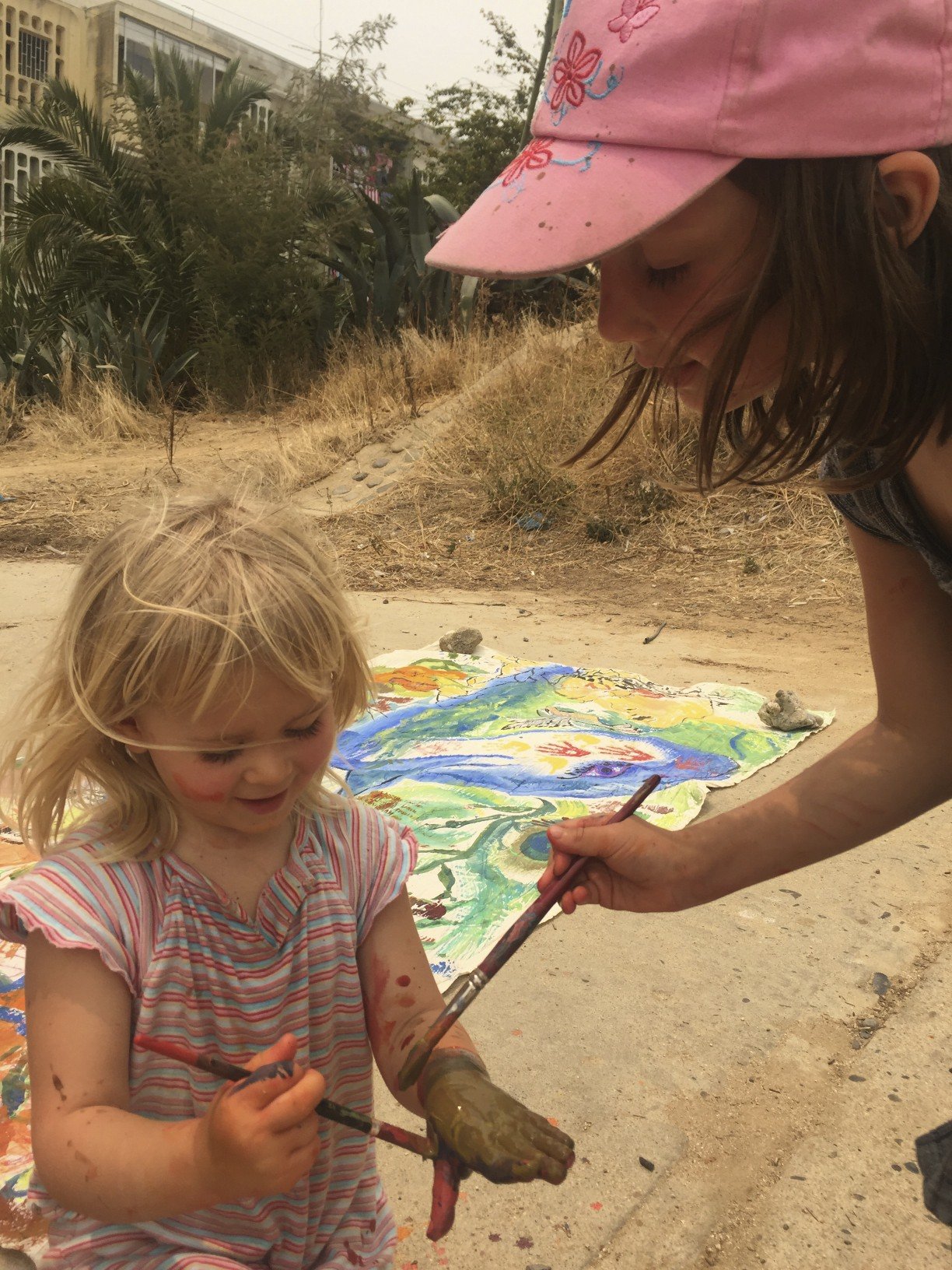




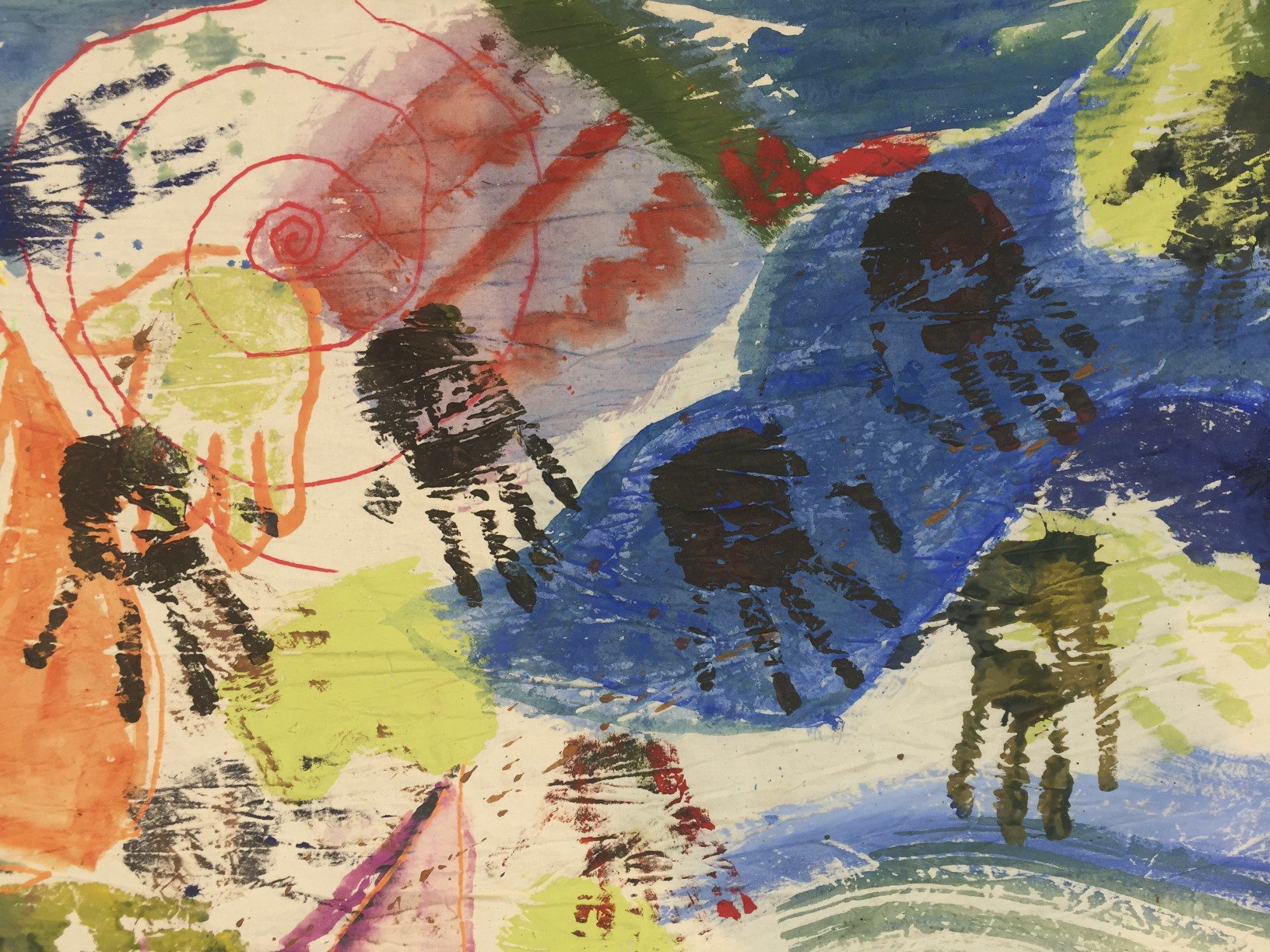







The Lion in the Room
https://www.youtube.com/watch?v=S8FFU7K_wLc&t=6s
I am pleased to introduce to you “The Lion in the Room” and “Autism: A Call to Action.”
The documentary The lion In The Room highlights the awareness of autism in Ireland and is concerned with Autistic diagnosis and Treatment. The film originated in Ireland and later won first place as the best short film documentary of the Waterford Film Festival in November 2008. The film follows the path of a child called ADAM, told by his mother. It is a story of his escape from institution and the fight to get services and treatment for ADAM. Medical experts explain the background to Autism, diagnosis and treatments now available which have been life changing. ADAM represents the general neglect given to children with this condition which is treatable.
Shipibo Vision
Traveling with a Shipibo family outside of Pulcallpa, Peru, was inviting with a young child. I had heard how welcoming families are there to western visitors, especially with children. We hiked into the Amazon jungle with them to camp, cook, paint and learn about their plants and way of life. We carried with us a backpack, a roll of canvases, some supplies and three live chickens.
The Universite Amazonia is encircled with large scale murals of the plant medicine visions of the amazon. The paintings reference transformation between animals and humans below and above the surface of the river’s waters. The patterns that are woven in their textiles appear as they are a microscopic lens into the body undergoing visions.
Our vehicle got stuck in the knee deep mud just after we left down the dirt road. We tried to dig it out with no luck. A couple of hours from our trail head, we headed down the road on foot. We were soon picked up on a motor bike and cart by a farmer and flew down the same dirt road, knee deep in mud with our packs, canvases and chickens.
We made it to the trail head and hiked a day into the jungle, swimming across a river with two locals who carried our packs. We finally made it to their family camp. An original sense of place spoke loud and clear there and their work with plants, textiles, medicine and ancestors. Aroldo Roja spoke only Peruvian Spanish and Lisenia a few words of english. They were both trained nurses in western medicine as well as native healers for generations.
We painted with them on the long scrolls about the teachings of the plants there and learned by observation from their ways of life. Many Thanks














































